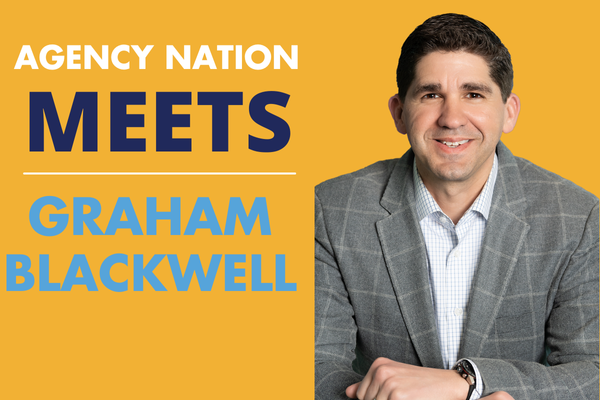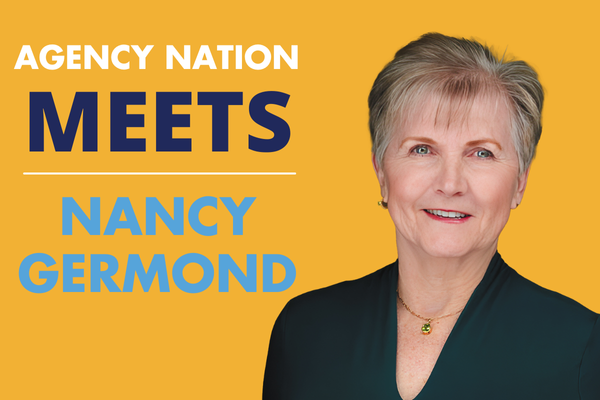Commercial Marine: The Consequences of Widespread Appeal

By: Jacquelyn Connelly
To say commercial marine insurance is currently a buyer’s market would be an understatement.
The industry boasts an overabundance of capacity from players both new and old—to the point where Damon Vaughan, senior vice president of Venture Insurance Programs’ Tidal Marine unit, has “never seen anything like it.”
“There’s a very strong appetite to get into specialty marine,” observes Vaughan, who anticipates overcapacity to persist through 2017. “Even though it’s already very crowded, one hears stories of additional players coming in, particularly Lloyd’s syndicates.”
“Pricing changes right now are driven by new markets coming in and out of the market,” agrees Shawn Kucharski, president & CIO of Falvey Yacht Insurance. “Over the last five years, you have seen many markets come in and then leave a few years later. Many of these are London capacity and hence have no problem coming in and out. There are one or two markets expected to leave the U.S. yet again in the coming year.”
What’s Happening
Lloyd’s has always been a major marine player. But now, “many of these syndicates are finding it somewhat more expensive to underwrite business actually sitting at the box in London, and they’re looking to put their tentacles out a little bit further afield,” Vaughan explains—which means “quite a few are setting up branches in the U.S. to get closer to the business.”
It’s a big departure from the usual business model, where a Lloyd’s broker works a piece of marine business into the syndicate in London, then assesses the risk there, Vaughan points out. “Now, they’re really going out and garnering the business domestically at the source,” he says. “And that’s in addition to many of the domestic carriers that are already very aggressive in the space.”
Why are so many insurers clamoring for a piece of the commercial marine pie? Vaughan notes that in the U.S., carriers don’t have to file rate and form for marine business—which means “there’s quite a lot of freedom in terms of what can be charged,” he explains. “It really is sort of a trader’s market based on the skill of underwriter, the relationship with the broker and the knowledge of the space.”
And that, of course, can be a double-edged sword. “The good thing is the barriers to entry are not too high—you can move in and take advantage of major loss events to make meaningful profits quite quickly,” Vaughan explains. “The flip side is because there isn’t filing of rate, there’s no underpinning, so things can go quite low. Driven by pure competition, when you look at the equilibrium price, it’s the purest form of supply and demand.”
Heading into 2017, the consequences are clear: Commercial marine faces “a case of oversupply” as an abundance of carriers fight over the business, Vaughan says.
And that’s a problem, because “demand, particularly in our area, is not so strong at the moment,” Vaughan points out. “If you look at the commercial marine lines we underwrite, a lot of that is affected by the price of oil. There are many insureds who are putting vessels into layup. The contracts aren’t there to work on, and it’s just not as busy as it once was given the low price of oil.”
“There’s obviously downward pressure on rates because ship owners really are fighting for every dollar,” agrees Andrew Hills, managing director of Lochain Patrick Insurance Brokers, which he helped found in 1987 with a group of London market marine insurance specialists. “With the lack of increase in world trade and the number of ships that are now laid up, marine income drops further, because a laid-up vessel may only generate half the premium it does when it’s trading.”
What It Means
Vaughan has no doubt that ship owners will bounce back eventually. But at the moment, commercial marine “is in a sort of a depressed state,” he says. “So you’ve got less dollars to spend, you’ve got a soft insurance market and you’ve got many insurers kind of scrapping for the business.”
That’s the case even beyond the borders of the U.S. Patrick Barco, national product leader at Burns & Wilcox Canada, refers to Canadian marine insurance as “a very soft market situation” where complex risks don’t get the underwriting attention they deserve because “the bottom line is the lowest price.” Similarly, Hills says that when it comes to marine hull and liability insurance worldwide, “the market remains very soft.”
“In probably 19 or 20 of the last 20 years, hull underwriters have not made a profit,” Hills points out. “At the same time, we’re in a market where freight rates for ships are extremely low at the moment.”
But what’s tough for insurers is good for your clients. In a time when “buyers are spoilt for choice,” Vaughan says, agents should consider insurer attributes A.M. Best ratings, capital size, security controls and specialization. “Obviously the buyer’s going to look at price, but the market is so competitive that a lot of companies are coming in within a hair’s breadth of each other on pricing.”
Vaughan suggests pushing longer-term policies, perhaps up to 18 months, “because in this current market, if you can lock in a cheap price, you might want to do that for a longer period—just to try and capitalize on how reasonable the market is.”
And don’t be afraid to be blunt with your clients when business is tough. “When a contractor doesn’t have too many contracts, or if business is slow or trading conditions are tough, point that out to your clients, and then really push to get as much leniency as possible from the insurance market,” Vaughan recommends. “At the end of the day, if the work schedule is down, exposure’s going to be down.”
Will any emerging risks change the tides for commercial marine insurance in 2017? Keep an eye on IAmagazine.com and upcoming editions of the Markets Pulse e-newsletter to find out.
Jacquelyn Connelly is IA senior editor.









